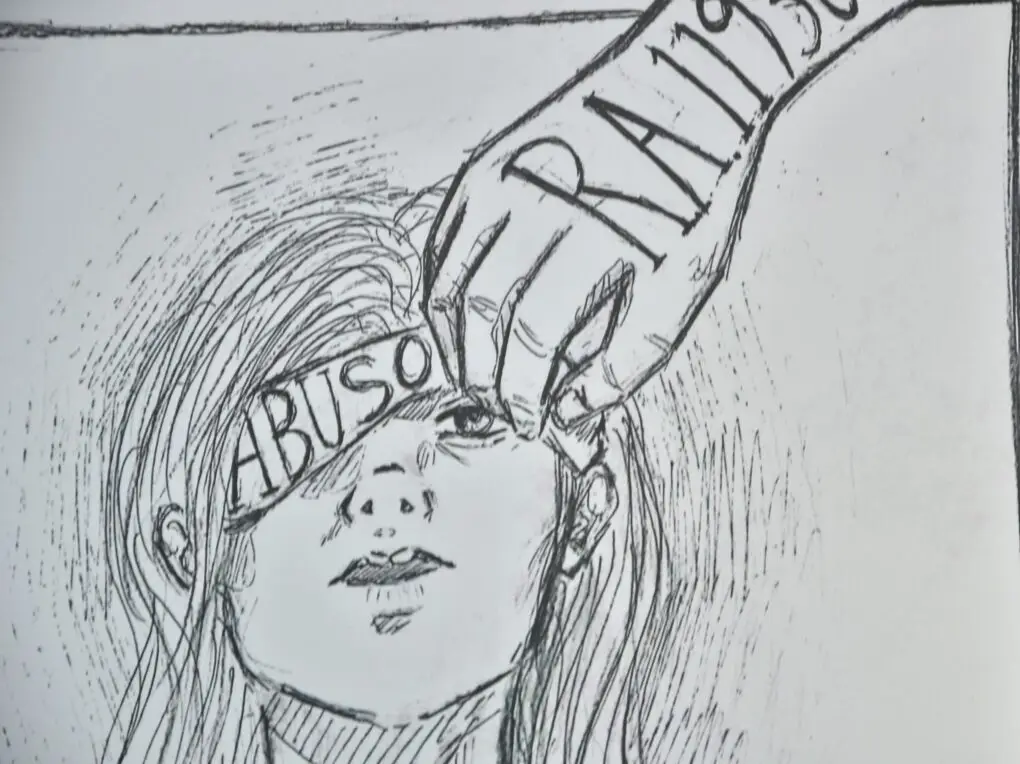The digital world offers numerous benefits to children, but also presents significant risks. Protecting children online is essential, and a practical approach involves equipping them with the skills to safeguard themselves and actively engaging them in developing materials and advocacy campaigns. Advocacy becomes more impactful, relevant, and effective when children participate in these efforts. Their firsthand experiences provide unique insights into how certain content, apps, and online behaviors affect them, helping identify potential dangers that adults may overlook.
Materials developed with child input resonate more strongly with their peers, increasing engagement and the likelihood of positive behavioral change. Additionally, participation fosters a deeper understanding of digital literacy, online safety, and digital rights, cultivating a sense of responsibility for their actions online.
Through its Global Program in Stopping Cybercrime Against Children, Stairway Foundation has partnered with civil society organizations to facilitate children’s engagement in creating innovative advocacy materials. Using various art forms, these localized campaigns on Online Child Sexual Abuse and Exploitation (OSAEC-CSAEM) reached:
- 15,579 children
- 2,875 child protection actors
Between November and December 2024.
Community-Based Child Participation Initiatives
Kaibigan Ermita Outreach Foundation, Inc. (KEOFI) KEOFI’s theatre group engages in three levels of advocacy:
- Level 1: Awareness-raising campaigns in schools.
- Level 2: Peer education by teenagers and youth at the network level.
- Level 3: Community-based advocacy through street theater.
“I am very grateful for the organization’s trust and patience. I honed my skills and gained confidence through research, scriptwriting, and designing. It is rewarding to speak about Online Sexual Abuse or Exploitation of Children (OSAEC) before children, partner NGOs, and barangay communities. I hope this advocacy continues to reach more children and adults in the coming years.”
- Czarina E., a 20 y/o, 3rd-year college student, and a child rights advocate for four years.
Mobilizing E-Learning Graduates
Graduates of the child online protection course from BTSNN and My Children’s House of Hope (MCHH) facilitate cyber safety sessions using videos and comic books. They also implement a reward system encouraging children to sign up as advocates.
Foundation for the Development of Agusanons Inc. (FDAI): Through 250 child advocates, FDAI distributed T-shirts with the hashtag “Consent is required online and offline” during cyber safety sessions in five new communities.
Self-Help Approach and Rights-Based Environment Inc. (SHARE)
- Forty peer advocates developed guidelines for facilitating sessions and training on OSAEC-CSAEM.
- They established mentoring and coaching systems.
- Peer facilitators converged to organize in two municipalities in Batangas.
- Sessions were rolled out at the community level.
Katilingbanong Pagtagad Alang sa Kauswagan, Inc. (KAPASKI) KAPASKI peer facilitators use poems, comic books, and live podcasts to promote OSAEC-CSAEM and cyber safety advocacy among children and peers.
Stairway Foundation, Puerto Galera. Localized advocacy materials have evolved through:
- A rap song produced by indigenous children.
- Acrostic poetry.
- Editorial cartoons and posters.
- Awareness songs.
Strengthening Advocacy Through Child Participation
These initiatives have strengthened child advocacy groups, enhanced facilitation skills, and increased protective behaviors, empowering children to become community peer advocates.
Furthermore, the campaign has expanded the engagement of civil society organizations with government units, Sangguniang Kabataan, schools, people’s organizations, parents, and law enforcement.
Child participation in developing materials and advocacy campaigns for online protection is not just a right but a crucial step in creating meaningful solutions to their challenges. Giving children a platform to share their experiences and ideas ensures that online protection measures are effective and aligned with their realities. Ultimately, empowering children to shape their online futures actively contributes to a safer and more supportive digital environment for future generations.
